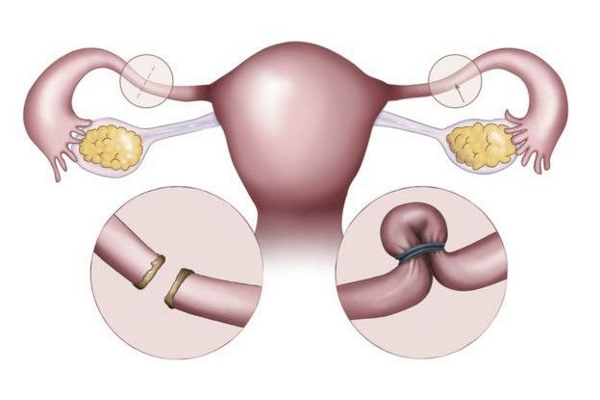Ligature of the uterine tubes or Salpingoclasia
Salpingoclasis or Bilateral Tubal Obstruction (OTB) is a permanent (now reversible) family planning method in which light from the uterine tubes (or fallopian tubes) is obstructed by a cut, ligature, staple or cauterization. Its purpose, to prevent the union of the ovum with the spermatozoid inside the uterine tube, its effectiveness is 99%.
Can I get pregnant if I underwent OTB or Salpingoclasia?
Yes, you can still achieve pregnancy through different techniques:
1.- Tubaric Recanalization
2.- In Vitro Fertilization
Tubular Recanalization
The possibility of this surgery and its success will depend on the type of obstruction they have done in the uterine tubes and the state in which they are.
Advantage.
If successful recanalization is achieved, spontaneous pregnancy can be achieved (without treatment).
Disadvantages
It is done through laparoscopic or open surgery as the case may be.
The chances of success are around 25%, with the risk of obstruction again and require In Vitro Fertilization
Formation of adhesions and risk of ectopic pregnancy.
In vitro fertilization
It is a highly complex technique in which an ovum is fertilized with a spermatozoon in the laboratory, and three to five days after fertilization the embryo is transferred to the uterus by means of a catheter. In order to obtain the eggs, it is necessary for the woman to undergo a controlled Ovarian Stimulation through the application of medicines.
Advantage.
You can start treatment after a few weeks of receiving the initial assessment.
Percent success of achieving pregnancy from the first attempt up to 60-70% (as the case may be).
The risk of ectopic pregnancy disappears.
Once the pregnancy is over, there is no need to use contraception again.
We recommend you approach an Assisted Reproduction center so the expert can advise you on the best option according to your background and those of your partner.
At Fertility Clinic Americas we work to fulfill your dream …
